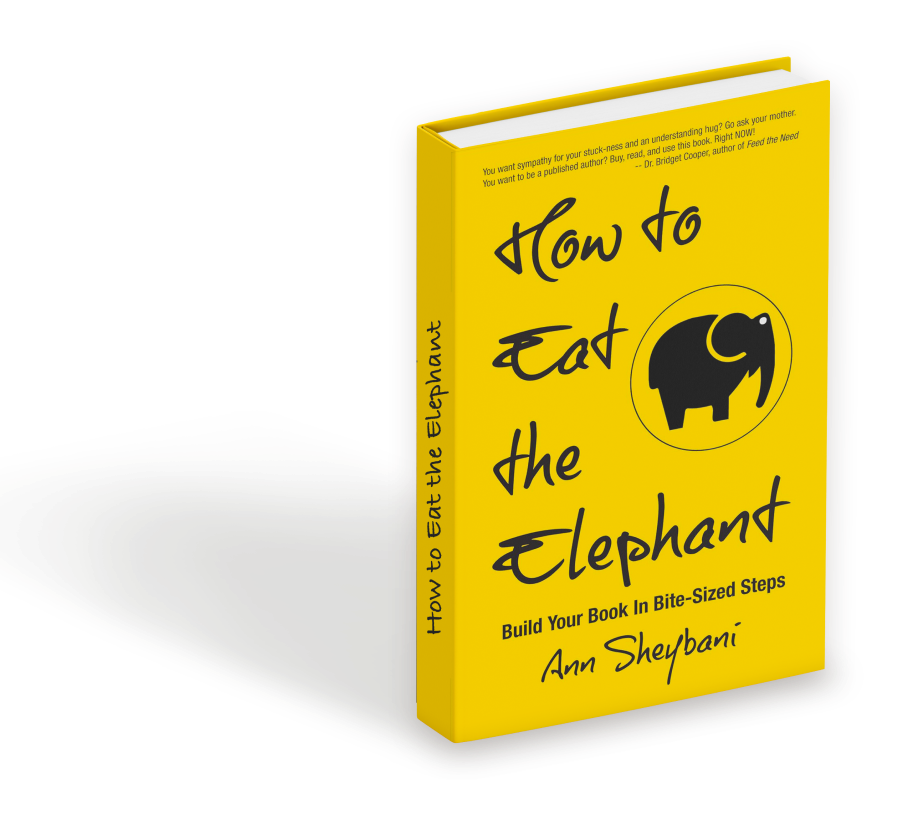You’ve probably read plenty of prescriptive nonfiction books, particularly if you’re writing one or just finishing it up. Look at your bookshelves, or head to Amazon and browse around. Pay attention to the language of the titles and subtitles in that category. Notice any popular trends for your book.
These trends don’t happen by accident. Publishing folks think these approaches sell books, particularly in a given category, so you, too, may want to get on board. I’m not suggesting you rip off another book’s title or subtitle—but make sure the language you plan to use immediately signals to your reader that you understand your category.
When Catherine Rolt, author of The Pain Paradox: How Pain Can Lead to Inner Peace and Lightness of Being, was crafting her title, she looked at the wellness arena for ideas. There, she found titles she could model, including:
Clearing Emotional Clutter: Mindfulness Practices for Letting Go of What’s Blocking Your Fulfillment and Transformation
Soulful Simplicity: How Living with Less Can Lead to So Much More
The Power of You: How to Live Your Authentic, Exciting, and Joy-Filled Life Now
The Wellness Project: How I Learned to Do Right by My Body, Without Giving Up My Life
The Mind-Gut Connection: How the Hidden Conversations Within our Bodies Impacts our Mood, our Choices, and our Overall Health
The Good Gut: Taking Control of Your Weight, Your Mood, and Your Long-Term Health
The Ripple Effect: Sleep Better, Eat Better, Move Better, Think Better
Remember, your prescriptive nonfiction book is not a memoir, even if it contains a personal narrative; and it’s not a novel. So don’t look for title parallels in those genres because they will send the wrong signal to readers.
The books Educated, The Woman in Me, and The Many Lives of Mama Love sound like memoirs because they are. You don’t want to riff off them. (Actually, The Many Lives of Mama Love sounds like a novel, but I digress.)
Notice that a lot of prescriptive nonfiction books have a clear, direct promise as the main title with “how to” or the words “plan,” “program,” “formula,” “guide,” or “way” in the subtitle. There’s a reason for that.
Here are some examples of book titles and subtitles that sound like prescriptive nonfiction because they are.
The Pumpkin Plan: A Simple Strategy to Grow a Remarkable Business in Any Field by Mike Michalowicz.
How to Win Friends and Influence People by Dale Carnegie
The Way of the SEAL: Think like an Elite Warrior to Lead and Succeed by Mark Divine.
The Core Program: Fifteen Minutes a Day That Can Change Your Life by Peggy Brill and Gerald Secor Couzens
How to Stop Being Toxic: Quit Manipulative Behaviors, Avoid Hurting the People You Love, and Start Healthy Relationships by Tom Stokes (Yowza!)
Unflappable: How Smart People Quit Overthinking, Ditch the Drama, & Thrive at Work by Dr. Bridget Cooper
The Profit Culture Formula: The Blueprint to Successfully Recruit, Retain, and Inspire Business Professionals by Jon Corteen and Jon Rotter
The Marijuana Hater’s Guide to Making a Billion Dollars from Hemp: The Next Disruptive Industry by Matthew Harmon
Think about it:
In which category would your book fit?
Where will you look for models?
Examples:
• Business and Management
• Money Making and Financial Needs
• Heath, Fitness, and Nutrition
• Travel and Tourism
• Life and Happiness
• Education and Teaching
Or go narrower by subject matter:
• Goal achievement
• Resilience
• Pop Psychology
• Trauma Recovery
• Marketing
• Outdoor education
• Weight loss
Start looking at other popular titles and you’ll likely see how your brainstormed list isn’t quite hitting on all the cylinders. Good news is that you can fix that.

